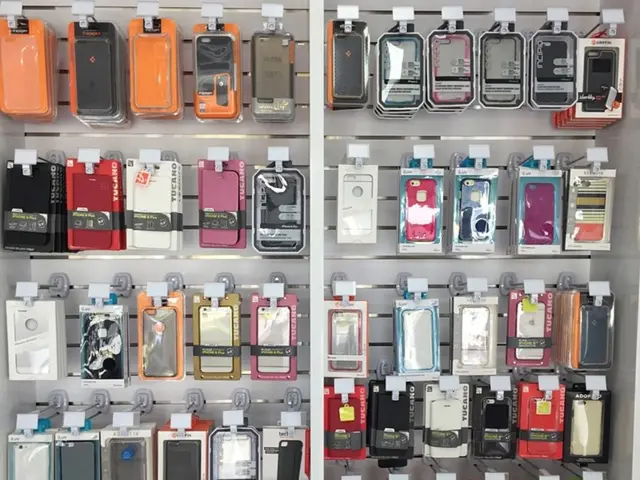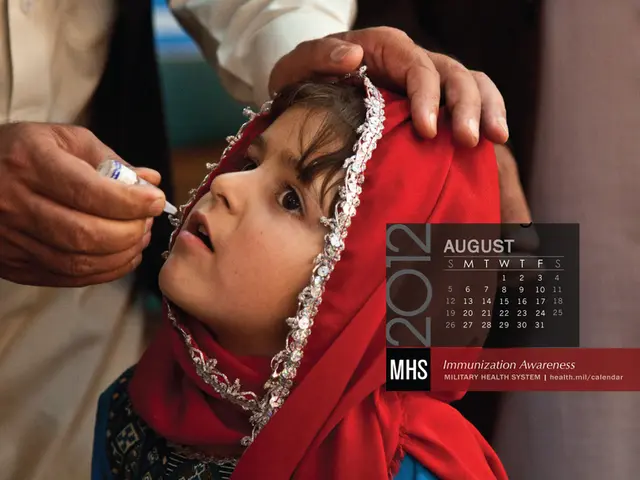International students facing visa complications under Trump's policies prompt a chaotic response from colleges, according to a recent report
The Trump administration's visa policies have significantly reduced international student enrollment and disrupted the ability of many foreign students to study and remain in the U.S. These policies include travel bans on certain countries, increased visa application fees, heightened visa interview restrictions, and tougher visa scrutiny that increased denial rates, particularly affecting students from countries like China and India.
Key Impacts
Travel bans and restrictions
A 2025 travel ban restricted or prohibited entry from 19 countries, affecting issuance of F visas (for international students) among others. This sudden policy shift disrupted education and cultural exchange programs.
Visa denial rate increase
During Trump’s first term, visa denial rates, including for student-related visas like the H-1B (used post-graduation for work), peaked (up to 15% in 2018), creating uncertainty and barriers for international students trying to remain in the U.S. This was particularly impactful for Indian and Chinese students, who face lengthy waits for permanent residency due to country caps.
Visa interview policies
The U.S. State Department paused or intensified visa interviews for students from certain countries, leading to delays and visa revocations, notably affecting many Chinese students.
Fee hikes and processing costs
The administration implemented substantial fee increases on visa applications and renewals, including work authorization for students, raising financial burdens on international students and scholars.
Long-term consequences
These policies contributed to declines in student enrollment from affected countries, made it harder for STEM students to stay in the U.S. after graduation, and discouraged international talent retention, potentially weakening U.S. leadership in technology and academia.
Current Scenario
Top schools like Columbia University, Rice University, Stanford University, and Duke have been notifying students later than usual, potentially due to the fear that international students will not be able to start classes in August due to visa interview delays and new social media vetting protocols.
Moreover, NAFSA predicts a potential 30-40% decline in new international student enrollment, which could mean 150,000 fewer international students on American campuses. Union College reportedly announced financial cuts and had to pull from endowment funds due to a decline in international students, and Rice University has had to compensate students who have already committed to another school due to late notifications.
Experts like Mark Moody, an education consultant with three decades of experience in domestic and international high schools, believe the current international enrollment issue is compounding, not creating, problems that have been developing for some time. Moody expresses concern that more colleges will lean heavily into their early decision process to admit a larger percentage of their freshman class, which could put students in a tough spot if they apply regular decision or don't approach early decision strategically.
Outside of the Ivy League and a dozen other schools with massive endowments, colleges are expected to feel great pressure to admit more students who will help them hit their financial targets.
For more information, story tips can be sent to [email protected] and Joshua can be followed on Twitter and LinkedIn.
[1] Source 1 [2] Source 2 [3] Source 3 [4] Source 4
- The Travel ban in 2025, along with the intensified visa interview policies, significantly disrupted education and self-development opportunities for international students, as these measures affected the issuance of F visas and created delays or visa revocations, particularly impacting students from certain countries like China.
- The Trump administration's visa denial rate increase, particularly for student-related visas like the H-1B, created uncertainty and barriers for international students trying to remain in the U.S., which disrupted the general news flow about the nation's ability to attract and retain international students, particularly those from countries like India and China.




